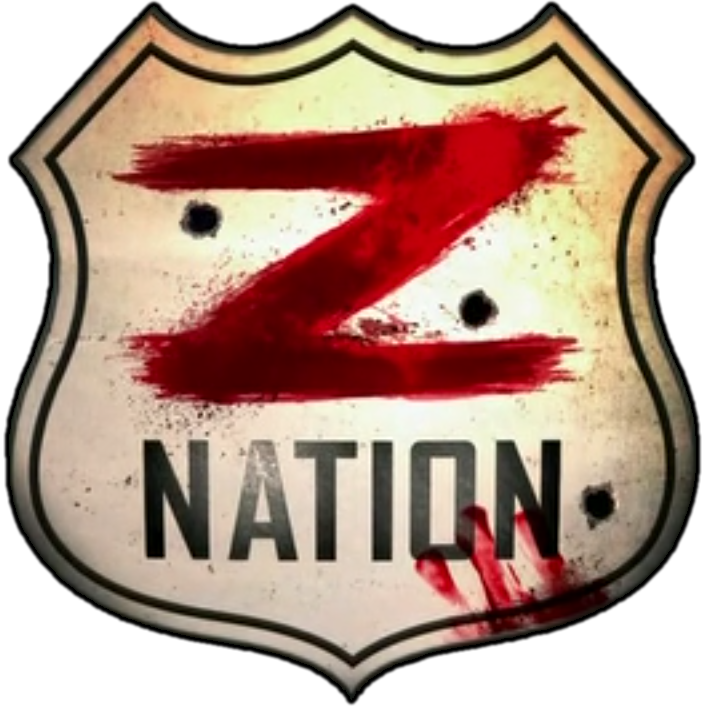I’m a bit swamped/sick/exhausted right now, so I’m dusting off some old notes–my initial impressions from watching Night of the Living Dead, the original.
I actually only saw it six years ago–I’d read Russo’s novelization, which pretty near exactly follows the screenplay–and it was interesting to note what does and doesn’t show up. The word “zombie” doesn’t appear; they’re “ghouls”, “flesh-eating ghouls”, or “flesh-eaters”. They’re afraid of fire, and dislike particularly bright light, which never really seems to show up later (although the modern The Walking Dead does mention that walkers seem to be more active after dark). They seem to kill you first and eat you once you’re dead, rather than start chowing down while you’re still warm and screaming as in the later movies. They can use tools, crudely–a couple of them pick up rocks to break windows, and a couple pick up a club or a knife (actually, a trowel, but the intent’s there). This, to my mind, is something Dawn and Day did better than Night; the zombies in them don’t use tools, which makes the slow almost-recognition they display towards certain objects much creepier.
Apparently only the unburied dead rise–the radio broadcast uses that particular adjective at one point–which while it’s fairly conventional is something that’s rarely specified in zombie movies (to the point that I for one hadn’t consciously noticed it before). And the first one you see is pretty quick, although his fine motor control is for shit–he’s walking slowly at first, but he manages a shamble that could match a decent jogging speed for a while chasing Barbara. They’re all stumbling around very slowly by the end of the movie, though. Maybe he was particularly fresh at the beginning, or maybe they just can’t see very well in the dark and move slowly as a result…?
A couple of the events in the movie happen very abruptly; there’s a little dramatic build-up, and then a sudden resolution in which the movie generally does not behave the way polite convention indicates the movie is supposed to behave. It’s not quite disconcerting enough for me to call it shocking, but I think it might have been if I didn’t already know how the movie was going to run, and I sure it would have been if I deeply expected movies to follow polite convention. (If I ever get a week to spare, I’ll sit down with a bunch of mid- and late-sixties horror movies to get into the mindset, and then watch Night of the Living Dead and Westworld and anything else I can find that includes scenes which specifically break with the conventions of the time.)
The actual scenes of the zombies eating were much better than I expected. I thought I’d be interested–this is, after all, pretty much the zombie movie–and maybe a little squicked. It was interesting and squicky.
It was also creepy. I did not expect that. I am glad it happened, though. It was fairly standard presentation, I guess–level, detached shots of humans eating human bits, unflinching presentation of girlfriend gnawing flesh off former boyfriend’s hand, clinical and helpless protrayal of horrific events, uncaring universe, etcetera. (Best example I’ve seen of this is still the end sequence of Hannibal.) The scenes were pretty dark, which is a little unusual and probably helped the creepiness factor, putting together a relatively rare combination of indifferent horror with the viewer’s imagination needing to be involved to identify all the elements of the scene.
(Sidenote: dammit, creepy can’t be that hard to produce if they were doing it in ’68. Why am I not getting more creep in my horror movies? Why am I so often stuck with something that gets a twitch or a yelp or a flinch instead of that feeling that my skin is trying to crawl off my spine so it can leave the room where the scary pictures are showing? Come on.)
On a related note: I need to watch a little more of John Carpenter’s stuff. He’s prone, I think, to very static shots with very little movement in the frame, and I’m trying to figure out if it’s just me anticipating that something will happen that makes this disconcerting, or if he’s actually doing something with the composition of the scenes or the pacing of the movie.


